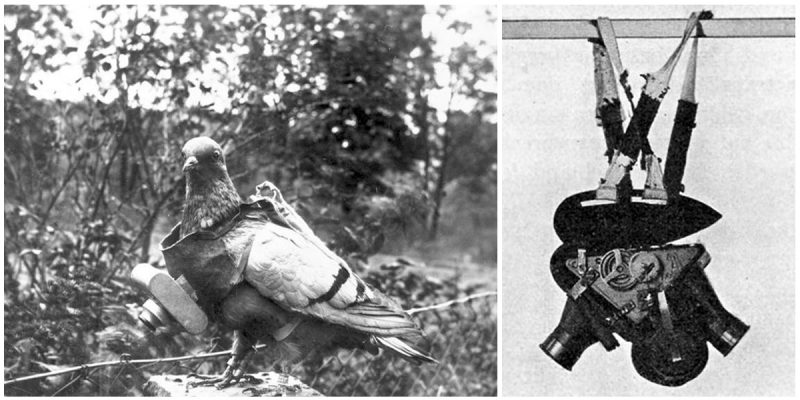In the early days, aerial photography was done either by flying up on hot air balloons or equipping pigeons with cameras, before man was able to take photographs of cities and landscapes on airplanes. Pigeon photography was invented a little over a century ago, in 1907, by a German apothecary and photography pioneer named Julius Neubronner, who also used pigeons to deliver prescriptions and urgent medications.
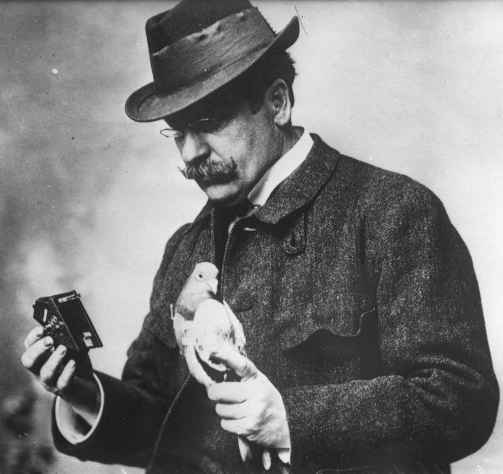
In 1908, Neubronner patented his “Method of and Means for Taking Photographs of Landscapes from Above”, a miniature pigeon camera activated by a timing mechanism. He carried his pigeons to a location up to about 100 kilometres from its home, where they were equipped with a camera and released. The birds, keen to be relieved of its burden, would typically fly home on a direct route, at a height of 50 to 100 metres. The mini cameras weighed around 75g and were fitted to pigeons using a harness and a metal breastplate. The cameras had a pneumatic system that controlled the time delay before each photo was taken (around 30 seconds).
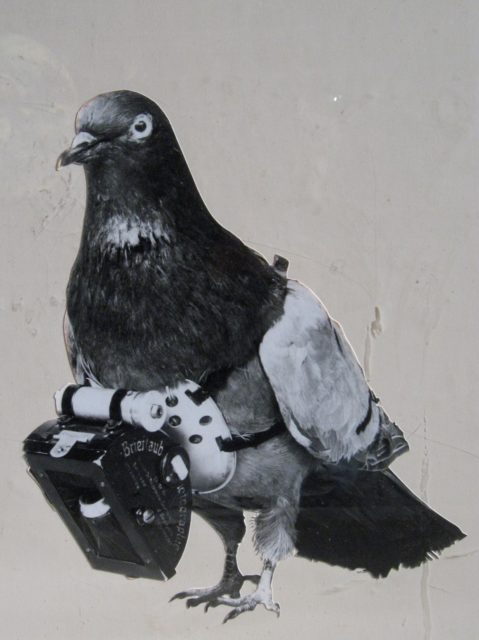

The invention brought him international notability, after he presented it at international expositions in Dresden, Frankfurt and Paris in 1909–1911. Spectators in Dresden could watch the arrival of the pigeons, and the aerial photographs they brought back were immediately developed and turned into postcards. In months of laborious work, Neubronner trained young pigeons to return to the dovecote even after it was displaced.
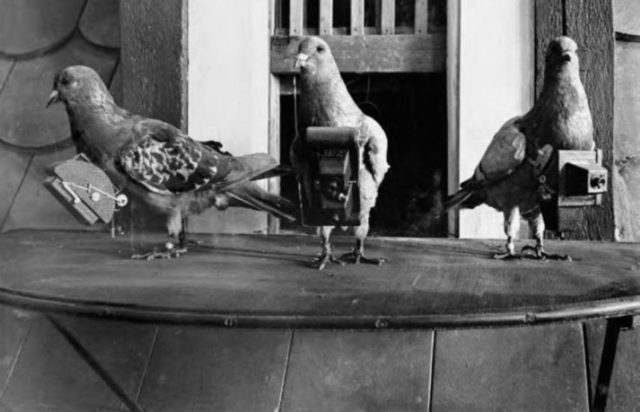
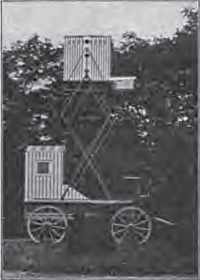
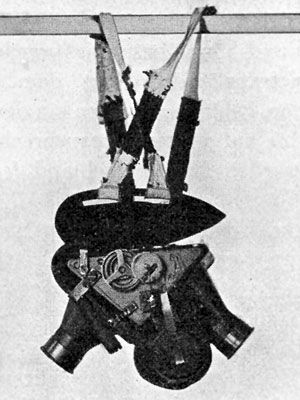
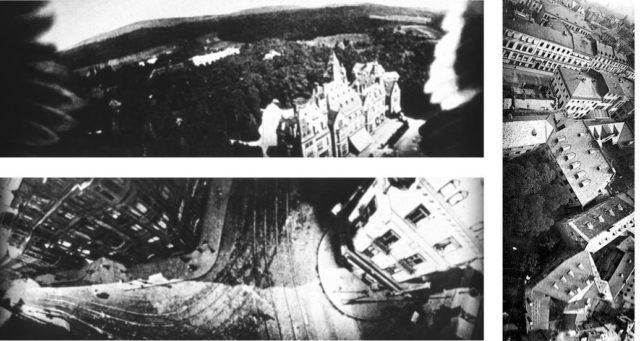
The military potential of pigeon photography appeared attractive and the invention was tried out for military air surveillance in the First World War. Battlefield tests provided encouraging results, but the ancillary technology of mobile dovecotes for messenger pigeons had the greatest impact. But after World War One, there wasn’t much commercial or military interest in Neubronner’s technology, he ended up abandoning the project. In the 1930s, Neubronner’s invention was developed further by a Swiss clockmaker named Christian Adrian Michel for the Swiss Army’s carrier pigeon service.
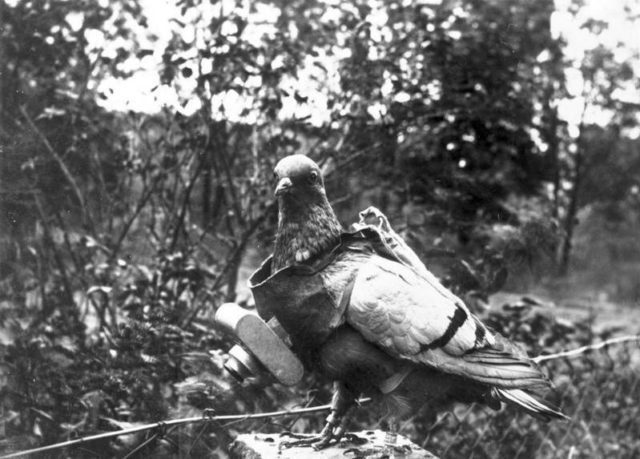
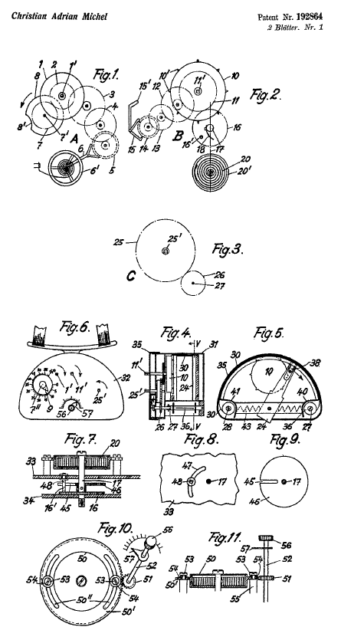
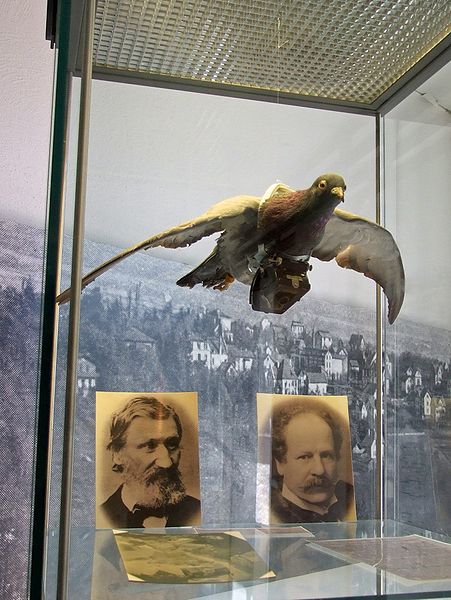
The CIA later produced a battery-powered camera for pigeons as an espionage tool, though details of the use remain classified. As late as World War II, “war pigeons” were in use, though it remains unknown if they were used for aerial surveillance.
